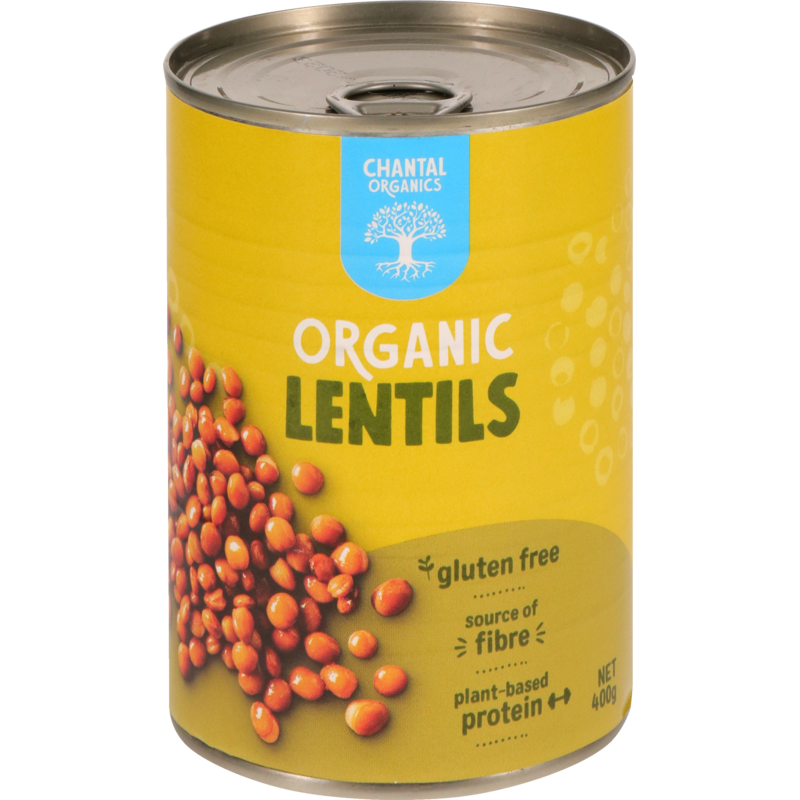
Everyday food choices have a part to play in climate action. Learn more about the connection between food selection and the effect it has on the environment.
When we make everyday food choices, we may not be aware of the impact it has on the planet. Creating more mindfulness around your eating habits can encourage new decisions that support sustainability, climate action and better health.
Climate Conscious Eating
Simply stated, it is making food choices with sustainability in mind. It’s being aware about where your food comes from, how it was grown and choosing options with the lowest carbon footprint. While packaging is important, other aspects and their impact are also considered, such as growing methods, food production, and livestock conditions.
A climate conscious diet is largely made up of plant-based foods and minimally processed foods, with a moderate amount of animal products. This includes reducing meat consumption and moving toward less resource-intensive foods like vegetables, fruit, and legumes to help meet global climate goals.
This is often paired with a sustainable lifestyle that reduces a personal carbon footprint, such as shopping locally, walking, cycling, buying less, reusing, upcycling, eating organic, and reducing waste.
What are climate conscious foods?
Plants are considered most climate conscious because cultivating plants requires far fewer natural resources than raising animals to eat.
With an increase in the population, food security is becoming a real threat. Diets that are high in animal products are not sustainable. Research shows that eating habits must change, and that plant-based eating is part of the solution for a sustainable global food system.
A plant-based eating uses fewer natural resources and produces less greenhouse gas (GHG) emissions. For example, vegan diets are about 50% lower and vegetarian diets about 35% lower in emissions, than a general omnivore diet. Adding more legumes, nuts, and seeds to your diet is a small way to be involved in the fight against climate change.
Taking it one step further, choose minimally processed plant-based foods for the lowest carbon footprint, such as fresh fruit, vegetables, and whole foods and cook from scratch. When you eat meat, choose local, organically grown meat.

How it Benefits the Planet
The main goal of climate-conscious eating is to reduce the use of natural resources, reduce land use for agriculture, keep waterways clean, protect species and support biodiversity. In turn, this helps reduce the amount of GHG emissions released into the atmosphere, which are contributing to global warming and severe weather conditions.
Here are a few examples of how your food choices can make an impact.
- Locally grown produce and locally produced products do not have to travel as far. Less resources are used for transport, reducing its carbon footprint.
- Organic farming prioritises the long-term health of the soil, land and waterways, which supports a healthy ecosystem and biodiversity. Read our blog 5 reasons to Choose Organics for the Planet.
- Regenerative agriculture supports the highest standards of organic farming, animal welfare and social fairness, along with prioritising soil health and biodiversity. Learn more in our blog Regenerative Agriculture and the Future of Food.
- The sustainable seafood industry prevents overfishing and reduces emissions from fishing fleets. Start by asking where and how your fish was caught.
In the words of Sir David Attenborough
We can all agree, eating vegetables is good for you. Here is some food for thought. With climate action top of mind, the following diets provide a very tangible and effective way to be involved in climate action. As the name indicates, the Reducetarian diet aims to reduce the amount of animal products that you consume. For those who eat a lot of meat, this can be a realistic approach to a sustainable eating journey. There are no specific rules, just a conscious effort to cut back on meat, eggs, and dairy in your diet. This reduces your carbon footprint, the risk of heart disease and helps alleviate the global food and water crises. This is a positive and inclusive term that empowers people to reduce meat consumption, without having to label themselves as vegan or vegetarian. The flexitarian diet focuses on eating plant-based foods. However, it also offers the flexibility to eat animal products on occasion. It has become popular with people who want to eat healthier and support their personal sustainability goals. It’s more of a lifestyle, than a traditional diet. The key attributes of the flexitarian diet include: Flexitarians focus on a plant-based diet, with the occasional inclusion of meat, eggs, and dairy. Reducetarians may eat a lot of animal products, and gradually reduce their consumption of these in respect to their own diet. While the climatarian diet also focuses on plant-based foods, the focus is on choosing sustainable foods. Whether plant based or animal sourced, food is chosen on how and where the food was produced, and its impact on the environment. This is often coupled with a lifestyle that aims to reduce their personal carbon footprint. Food choices include sustainable fish, seasonal fruits and vegetables, locally grown produce, and organic products. Foods to avoid include beef and lamb, which use significantly more land and water to produce than other meats; unsustainable fish, air flown food, heated greenhouse grown food and highly processed foods. This approach to eating is symbolically represented by half a plate of fruits and vegetables, while the other half may be a mix of whole grains, plant proteins, unsaturated plant oils, occasional meat, dairy, sugars and starchy vegetables. It is a flexible approach that allows the consumer to adapt any dietary requirements, personal preferences, or cultural traditions. Learn more about the Planetary Health Diet. We’ve put together a list of our favourite plant-based recipes, from breakfast to dessert. Use your everyday food choices to make a positive impact on the planet. What new recipe will you try this week? We must change our diet. The planet can’t support billions of meat-eaters. If we had a mostly plant-based diet we could increase the yield of the land. We have an urgent need for free land… Nature is our biggest ally.
The Health Benefits

Choosing a Climate Conscious Diet that is Right for You
The Reducetarian Diet
The Flexitarian Diet

How are reducetarians different than flexitarians?
The Climatarian Diet
The Planetary Health Diet
Climate Conscious Recipes



PRODUCTS MENTIONED









